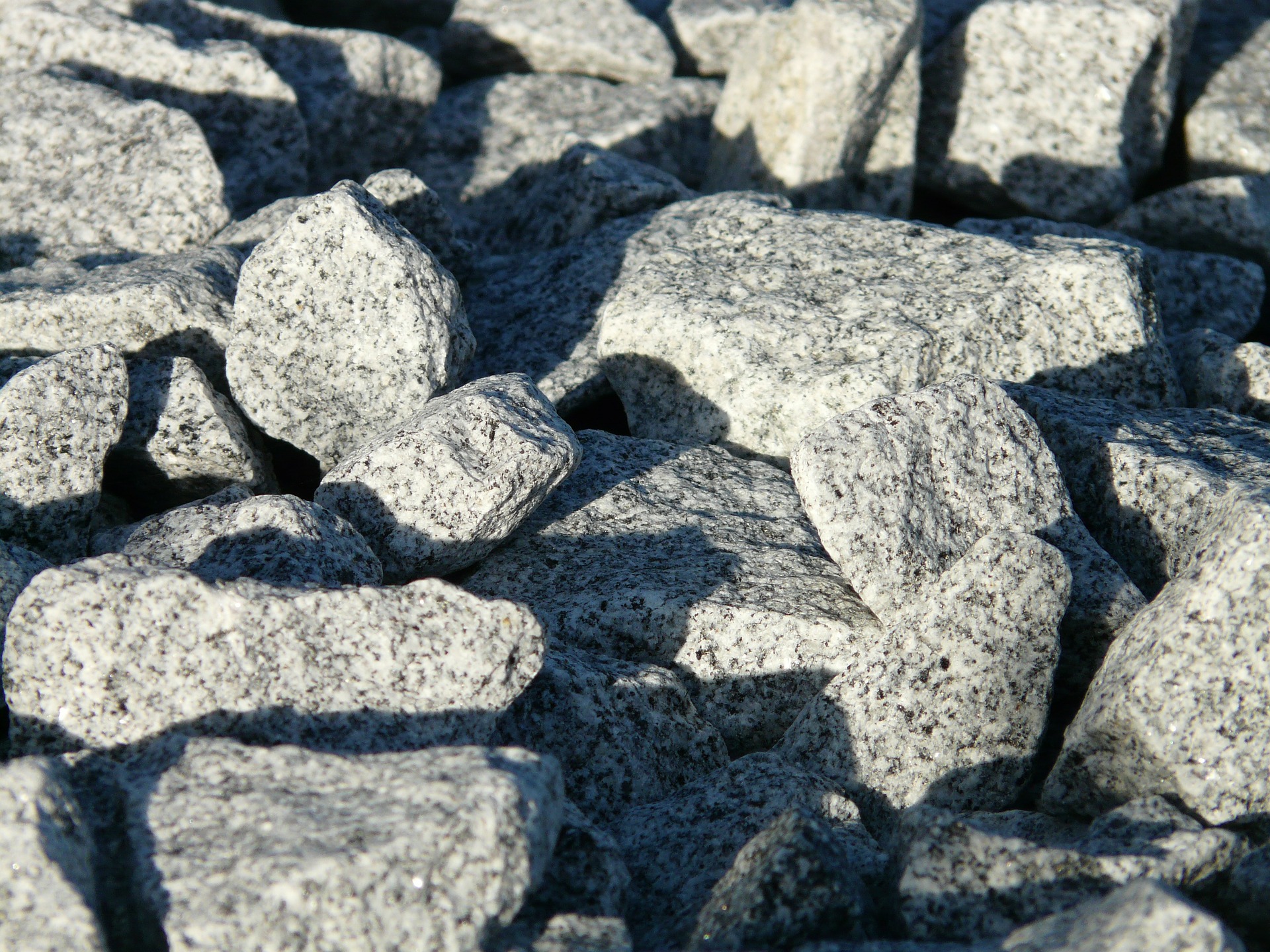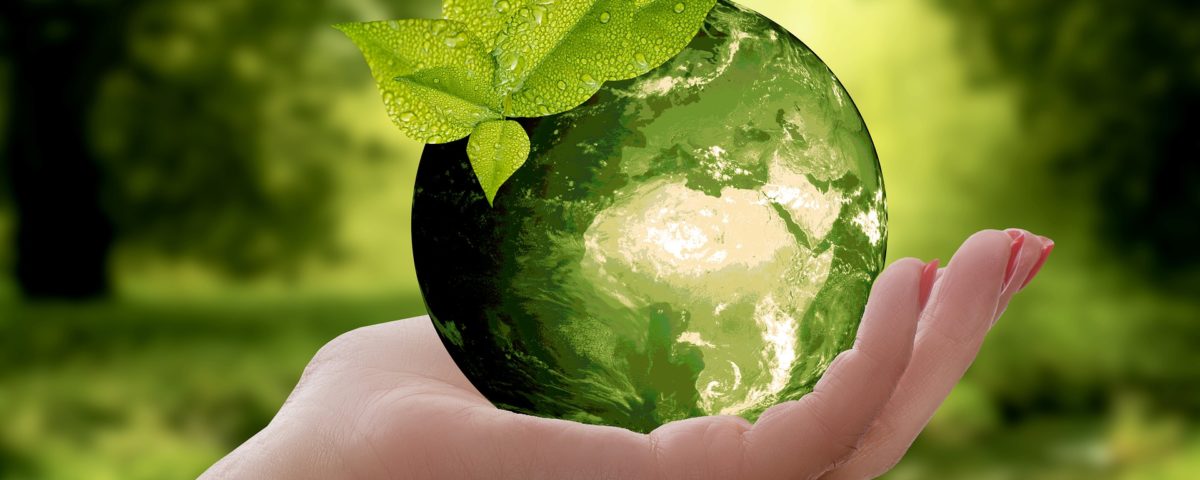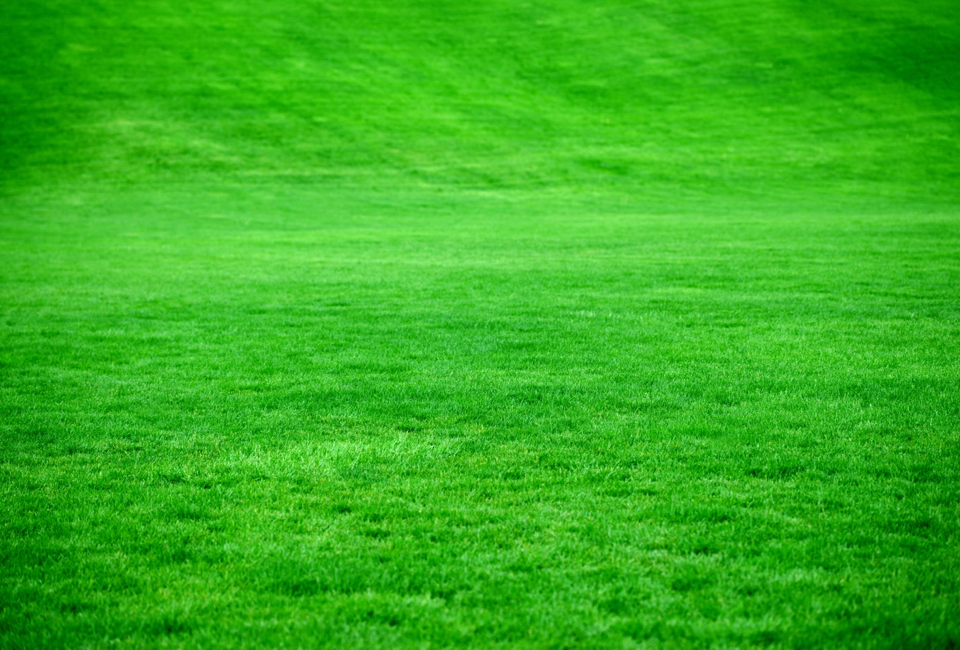
Using Aggregates in Your Landscaping
October 11, 2019
6 Clever Ways to Save Time On Landscaping
October 11, 2019If you are responsible for your own landscaping or landscaping activities, that means you are in direct control of how much resources you are using to make it look great. It’s easy to let the water and energy bills add up as you work hard on making your landscaping vision a reality. The last thing you want is to be wasteful when it comes to landscaping, but it is surprisingly easy to let happen. The good news is that making your landscaping eco-friendlier is not as difficult or expensive as you might think.
These days, more and more landscapers are working hard on conserving the environment and reducing the ecological footprint of their landscaping activities. There are quite a few ways you can make your landscaping more eco-friendly. All it takes is a little bit of creativity and dedication. We want to make it as easy as possible for you to create an eco-friendly landscape, which is why we’ve put together the following article. Below, you will find several tips about how to make your landscaping more eco-friendly. Keep reading on to learn more and remember that you can always reach out to Cal Blend Soils for all of your landscaping product needs.
1. Work to Conserve Water
If you have plants and a yard, the chances are you are constantly focused on making sure they get enough water. Water is crucial for helping your plants grow and stay healthy, which means you are using it pretty much every single day. If you have a sprinkler system or any other automated system, the chances are you are using too much water. Make sure you don’t keep your sprinklers on for too long each day and focus on giving your plants the exact amount of water they need to survive. Check the weather forecast for rain, since you won’t need to water your plants on days when it rains. By working to conserve water, you are well on your way towards an eco-friendly landscape.
2. Use Eco-Friendly Tools
As a landscaper, you are in direct control of any tools you use to work on your property. That means you have the option to purchase and work with tools that are handheld and don’t require gasoline. For example, a push mower and handheld garden shears are great because they are effective and offer an eco-friendlier approach to landscaping. You also can look into eco-friendly tools like rakes, drainage hole covers, wheelbarrows, and more. Anything you can use that doesn’t require gasoline or electricity can go a long way towards helping with environmental conservation efforts.
3. Invest in Synthetic Grass
Maintaining a grass lawn requires lots of time, effort, and water. It consumes a lot of resources and requires a fair amount of maintenance to keep it looking great. That’s why you should investigate getting synthetic grass for your landscaping. With synthetic grass, you won’t ever have to water it or use things like pesticides and fertilizers which can cause harm to the environment. It looks great all year long and can help you enjoy green grass without having to put any effort into it. You can say goodbye to riding around on a lawnmower and polluting the air with gasoline fumes if you decide to get synthetic grass. It’s a great way to make your landscaping more eco-friendly.
4. Compost
If you are new to landscaping or aren’t familiar with the term compost, it refers to using decomposing waste to provide nutrients for the soil. It’s a great way to make use of garbage and waste that you otherwise would just be throwing away. You can compost things like old leaves, twigs, grass clippings, and fruit and vegetable waste. The best part about composting is that you are enriching the soil for your plants. That means your plant life will be growing better than ever before while you take advantage of this eco-friendly landscaping concept. You can’t go wrong with using compost to make your landscaping better.
5. Use Natural Pest Control Techniques
Dealing with pests is a real issue that many landscapers will face. Pests can chew through your favorite plants and cause serious problems on your property if you aren’t careful. Most people end up purchasing pesticides that are harmful to the environment. These pesticides contain toxic chemicals that can be bad for your health as well as damaging to the natural environment. Instead, you can use natural pest control techniques that are just as effective. All it takes is a little bit of creativity and figuring out which type of pests you are dealing with to get rid of them in an eco-friendly way. Stay away from commercial pesticides if you are trying to help with environmental conservation efforts.
6. Add Hardscapes
Any time you can reduce the amount of water consumption in your landscaping, you are taking a step in the right direction. That’s why adding hardscapes is such a great way to make your landscaping more eco-friendly. Hardscapes can provide you with more space to enjoy your property, additional functionality, and reduced water consumption. The less lawn you have to keep up with, the less water you will have to use to make sure it stays healthy. Hardscapes offer a lot of benefits with very few downsides and can help you make your landscaping a lot more eco-friendly.
Creating an eco-friendly landscape is easy if you think through the tips mentioned above. Make sure that you aren’t being wasteful during your landscaping activities and that you are doing your part to reduce pollution in the air, soil, and water in your area. We want the planet to be in great condition for years to come, and it all starts with taking a more environmentally conscious approach to our landscaping. This article is brought to you by Cal Blend Soils. If you have any questions about landscaping or if you would like to purchase the best landscaping products on the market at the best prices, reach out to Cal Blend Soils today.


